- Empty cart.
- Continue Shopping
Eugenia Observa
Original price was: ₹620.00.₹385.00Current price is: ₹385.00.
Genus : Eugenia
Bring elegance and charm to your landscape with the Eugenia Observa Plant. This versatile ornamental tree showcases glossy green leaves and eye-catching red fruits that create a striking visual display. Whether used as a focal point in your garden or as a potted plant on your patio, the Eugenia Observa Plant is sure to captivate with its beauty and easy maintenance.
Pitanga de Perdiz, also known as Eugenia involucrata, is a tropical tree or shrub species that belongs to the Myrtaceae family. It is native to Brazil, Uruguay, Paraguay, and Argentina, where it grows in subtropical and tropical forests, savannas, and riverbanks.
The tree can reach up to 12 meters in height, but it is more commonly found at around 2 to 5 meters tall. Its bark is smooth, light gray, and sometimes with small cracks. The leaves are evergreen, simple, and opposite, with a glossy dark green color on the upper side and a lighter green on the underside. The leaves are lanceolate or elliptical, measuring 5 to 13 cm long and 2 to 4 cm wide.
Pitanga de Perdiz produces small, white or pinkish flowers, which are followed by small, round or oblong-shaped berries that are about 1 to 2 cm in diameter. The fruit’s color ranges from green to yellow to red, depending on its ripeness, and it has a thin, edible skin with a juicy pulp. The fruit is sweet-tart and has a flavor reminiscent of cherry and guava.
The Pitanga de Perdiz plant is often used in landscaping and as an ornamental plant due to its attractive leaves and fruits. It is also used for its medicinal properties, with the fruit and leaves being used to treat gastrointestinal disorders, respiratory problems, and fevers.

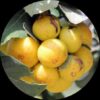
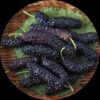


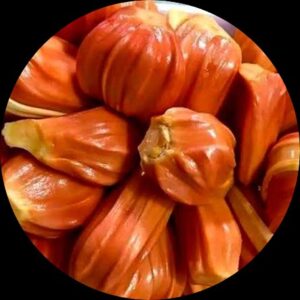
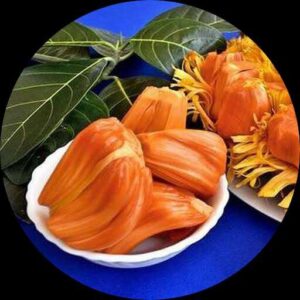
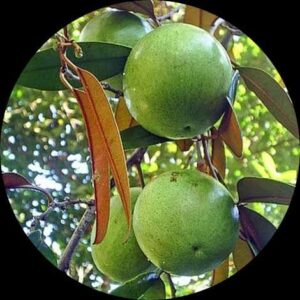



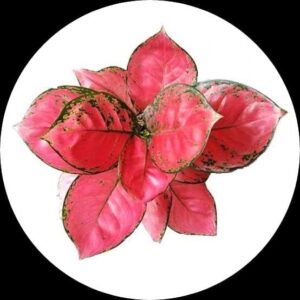

Reviews
There are no reviews yet.